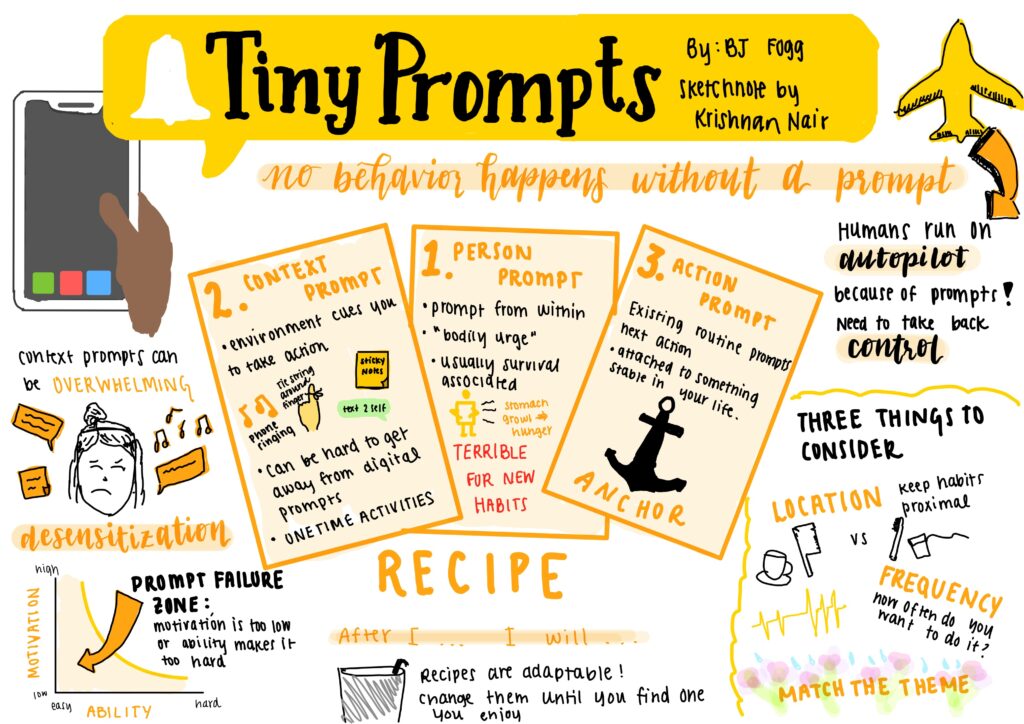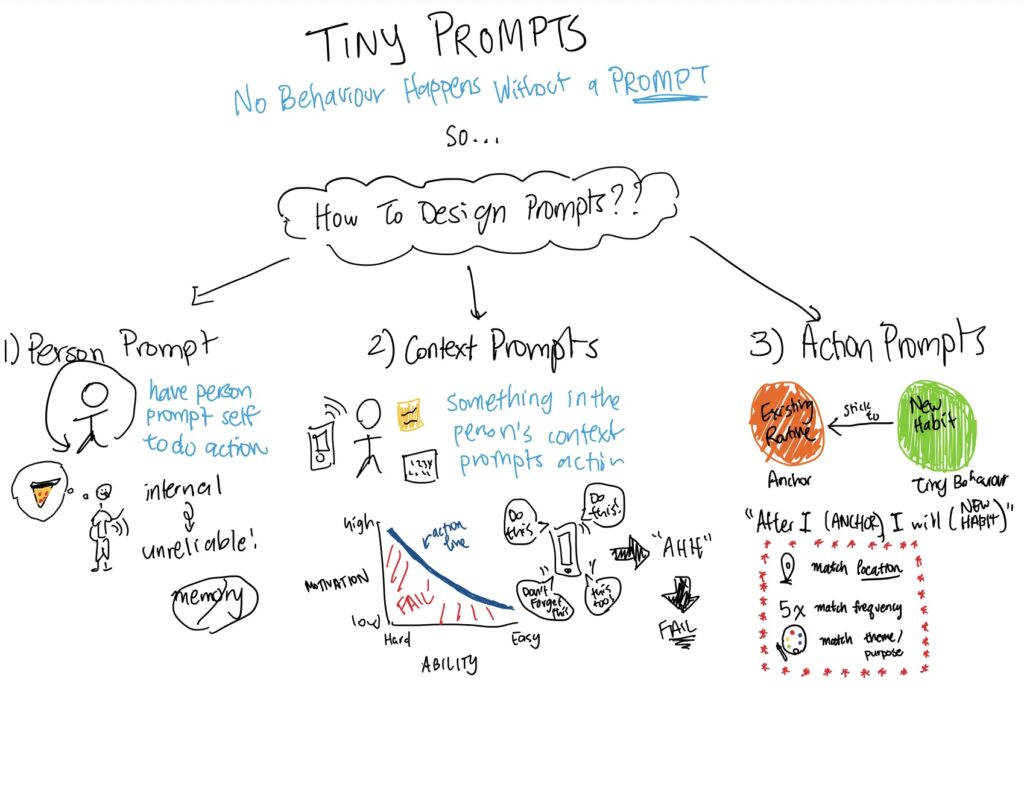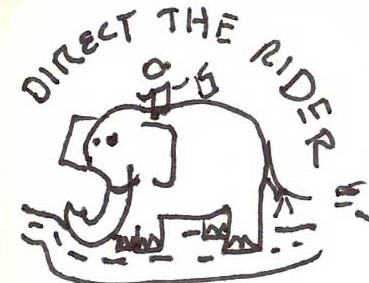Before this class, I considered behavior change difficult, but I had severely underestimated just how difficult it is to change behavior. I knew that I had personally attempted to change certain habits, with varying degrees of success, but it is easier to recall successes rather than the failures. Thus, I had a false impression that changing habits can be done without too much resistance. I had also never considered how to change others’ behaviors before this class.
When it came to the class work, I had moments I loved and moments I did not like as much. I enjoyed learning about how to craft personas, interviewing or conducting studies, and I also enjoyed the initial activity of doing a 15-minute diary study. It brought attention to my own habits that I had not considered. I also found out how hard it is to get someone to participate in a diary study. One thing I did not like as much was that it felt as if we were cramming as many model types into our time as possible, to the point where it was difficult to remember a lot of them. I would have appreciated more of a breadth-over-depth approach when it came to the varying models. I most likely will use the bubble model and mapping out a user’s daily routine again. I was surprised that our initial intervention method did not yield the results we were necessarily looking for, which caused us to completely shift gears. Some aspects of the design are still unresolved for me within this project. One societal issue that came to my attention during this project was the extent in which students do not interact with the nature around them on a daily basis. Many students are only outside while they are commuting to and from class, which is some sunshine, but human beings need to be around nature for well-being. I will most likely remember the results we found from our literature review ten years from now. I wish that as a team we had more equality when it came to design decisions, but sometimes it is hard to have 5 “cooks in the kitchen” as one might say.
Our project utilizes gentle nudges in the form of notifications and a sticker reward system. Generally, neither of these would be manipulative, as someone could just ignore both of these. The only situation in which they could become manipulative is if our notifications were rude/mean. When it comes to privacy, our project would have little to no issues unless there was a data leak. There is not a social component of the app, so peoples’ photos stay to themselves. One possible future issue could arise if the app decided that we could sell any of the users’ photos or use them personally, however there would have to be some sort of corruption for this to occur. Since our app centers around pictures, we are automatically excluding people who are blind or near-blind. For our user-base, we tried to keep our fonts large, and eliminate small or blue text that might affect someone with color-blindness or far-sightedness. There is no exclusion based on race or gender within our app, as it does not even require the user to enter these details. Our project is inherently trying to improve well-being, as time spent in nature improves well-being according to the literature review we did. Thus, we would hopefully be improving life satisfaction and engagement with the environment.
Now I know that changing behavior is far from easy–especially if you are trying to influence someone else. If you are ethically trying to change behavior, the challenge becomes even more difficult. However, there are many methods one can use to nudge users towards a specific behavior, and as long as ethics and disadvantaged groups are always a part of the process, it can be done ethically.
Next time, when faced with a group project or any design process, I am now equipped with many tools under my belt to help me tackle the problem. I know how to constructively give and receive feedback, create a plethora of models, and conduct various types of research.



